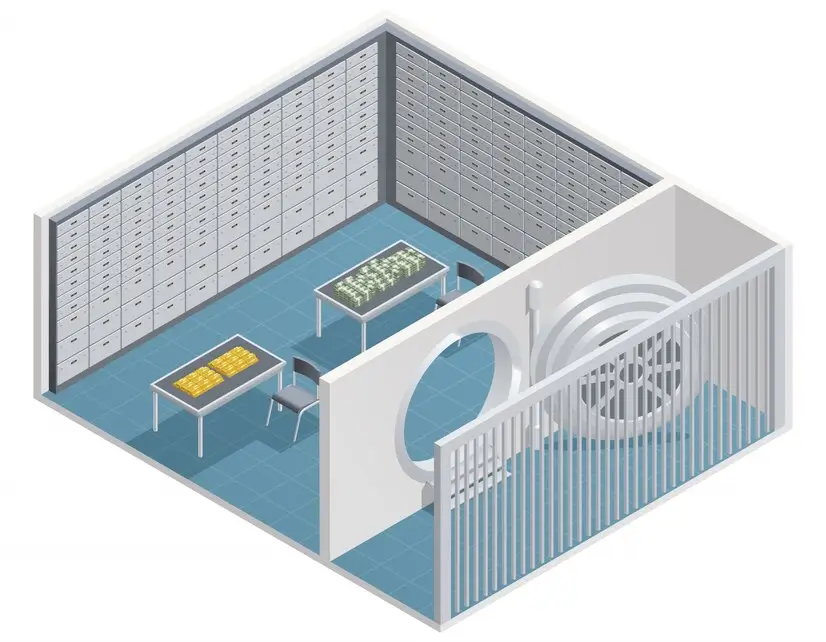How does noise affect the functionality of a structure? Why do architects and builders prioritize sound dampening in modern designs? These questions highlight the growing demand for buildings that promote quiet and comfortable environments. Whether for industrial facilities, offices, or homes, effective sound control is essential. Buildings made out of metal offer unique advantages in this area, combining efficiency with innovative solutions for sound management.
The Acoustic Potential
Metal buildings have long been associated with durability and versatility, but their acoustic properties often go unnoticed. With proper design and materials, these structures can effectively minimize external and internal noise disturbances. This makes them ideal for various uses, from factories to community centers.
The rigid nature of metal allows it to act as a barrier, reducing the transmission of external sounds like traffic or machinery. By pairing metal with insulation and other sound-absorbing materials, engineers can enhance its dampening capabilities. This combination ensures that occupants experience a quieter, more focused space.
Insulation Enhances Sound Control
Insulation is a key factor in the sound dampening performance. For buildings made of metal, it plays a dual role in controlling both temperature and acoustics. By using materials like fiberglass, spray foam, or rock wool, sound waves are absorbed before they can travel through walls or roofs.
Insulated panels are particularly effective in environments with high noise levels, such as workshops or industrial plants. These panels not only block external sounds but also limit the echoing of internal noises. The result is a more pleasant and productive atmosphere, regardless of the building’s purpose.
Preventing Echo and Reverberation
Large, open spaces in metal structures can sometimes lead to echo and reverberation issues. This is especially common in areas like gymnasiums or auditoriums where hard surfaces dominate. To address this, engineers use specialized acoustic treatments to reduce the reflection of sound within the building.
Acoustic panels, suspended ceilings, and wall treatments are some of the solutions used to dampen echoes. These additions absorb sound energy, ensuring clarity and comfort for occupants. This makes buildings made of metal suitable for applications requiring controlled acoustics, such as event venues or recording studios.
External Factors and Site-Specific Design
The location of a building plays a significant role in its sound management strategy. Structures near highways, airports, or industrial zones require advanced measures to block unwanted noise. Engineers tailor designs to address these challenges, incorporating materials and layouts that minimize disruptions.
For instance, the orientation of walls and roofs can help deflect noise away from sensitive areas. Double-layered panels or sound barriers may also be installed to enhance the building’s performance. These customized approaches ensure that buildings meet the specific needs of their surroundings.
The Future of Quiet, Functional Spaces
Metal structures continue to evolve, incorporating innovative materials and designs that improve their sound-dampening capabilities. As technology advances, new solutions are emerging to address even the most complex acoustic challenges. From insulation improvements to smart acoustic systems, the future promises quieter and more comfortable environments. These developments not only enhance functionality but also expand the range of applications for metal structures. As a result, they remain a top choice for projects where noise control is a priority.
Metal buildings are proving that strength and comfort can go hand in hand. By integrating thoughtful design with advanced materials, they deliver impressive sound-dampening results. Whether for bustling industrial areas or serene community spaces, these structures meet the demands of modern construction with style and efficiency. As sound control becomes an increasingly important factor, metal structures are setting new standards for functionality and comfort.



